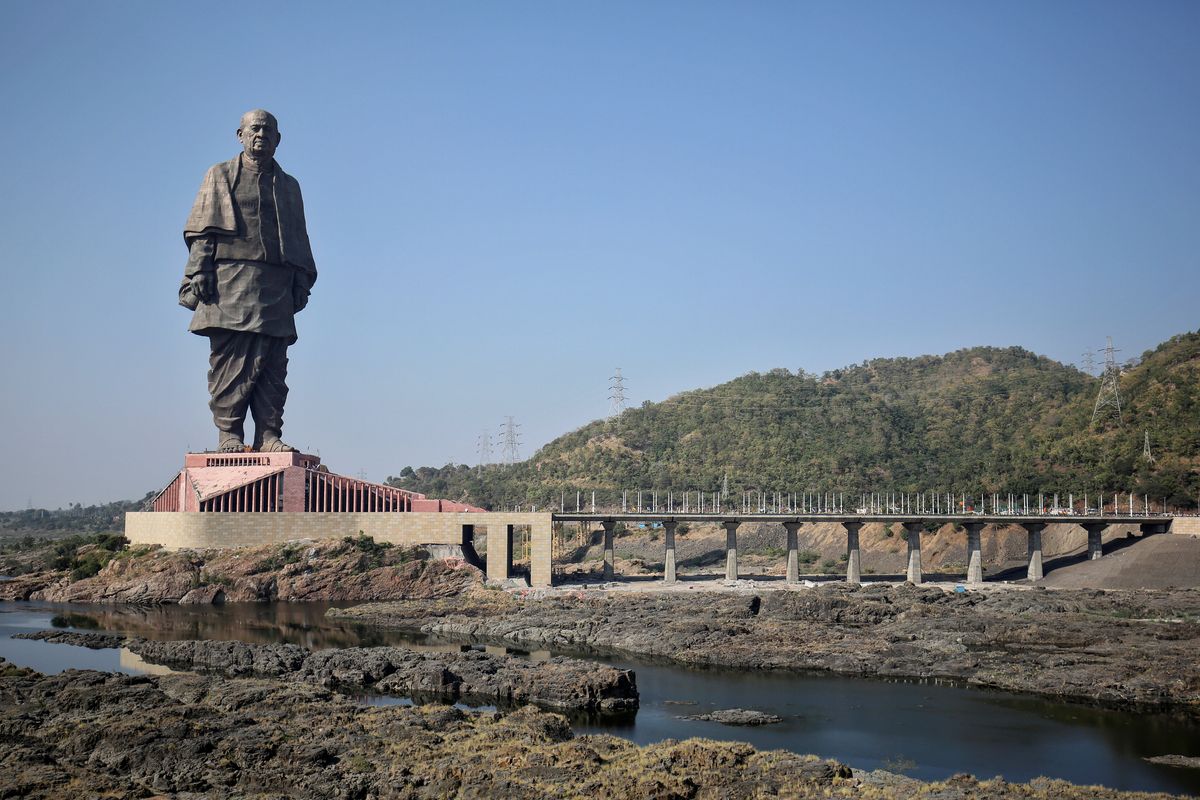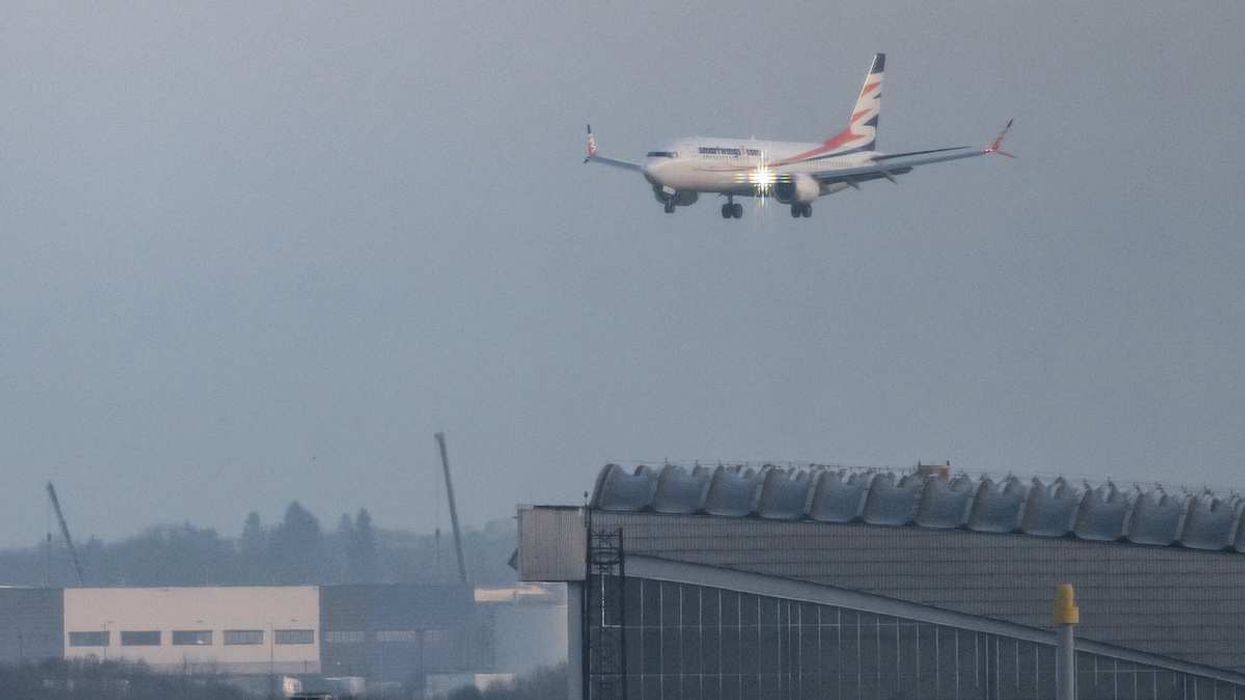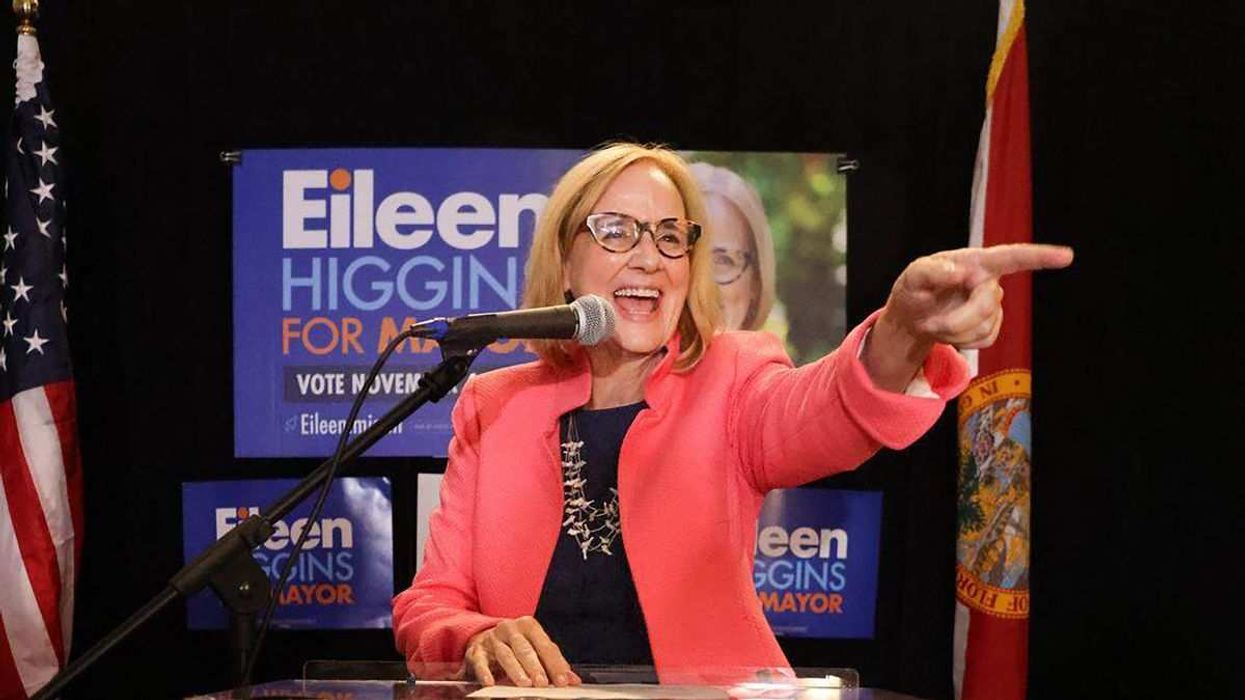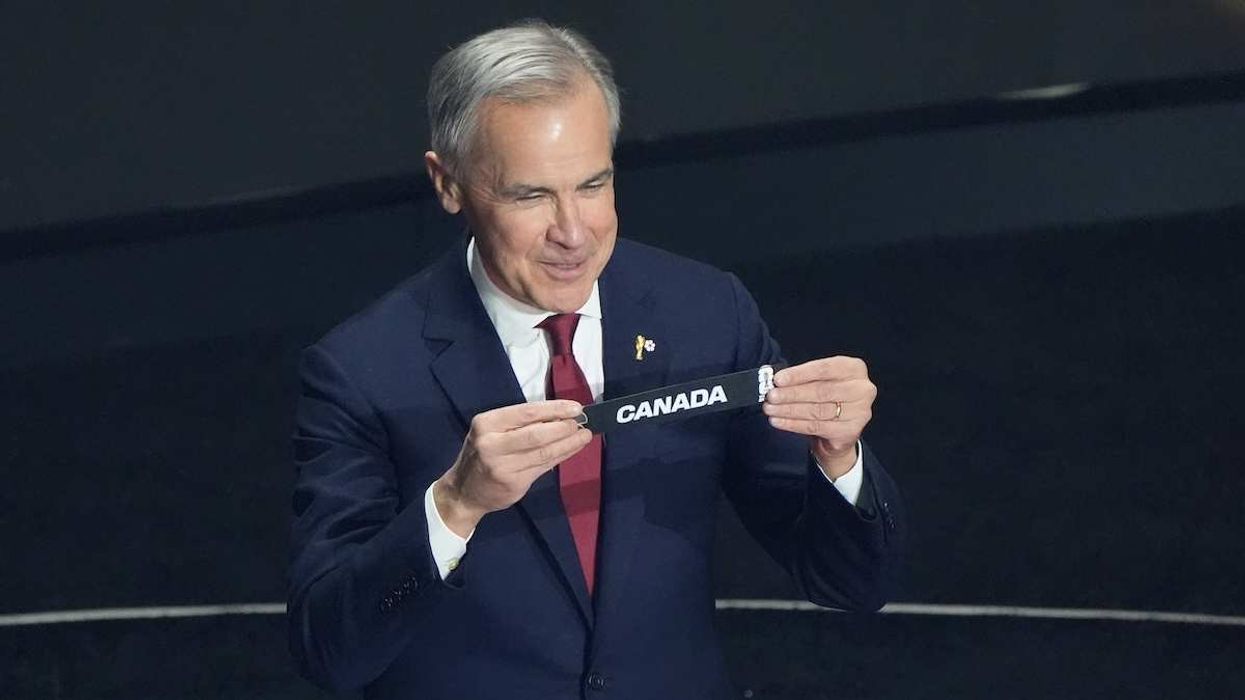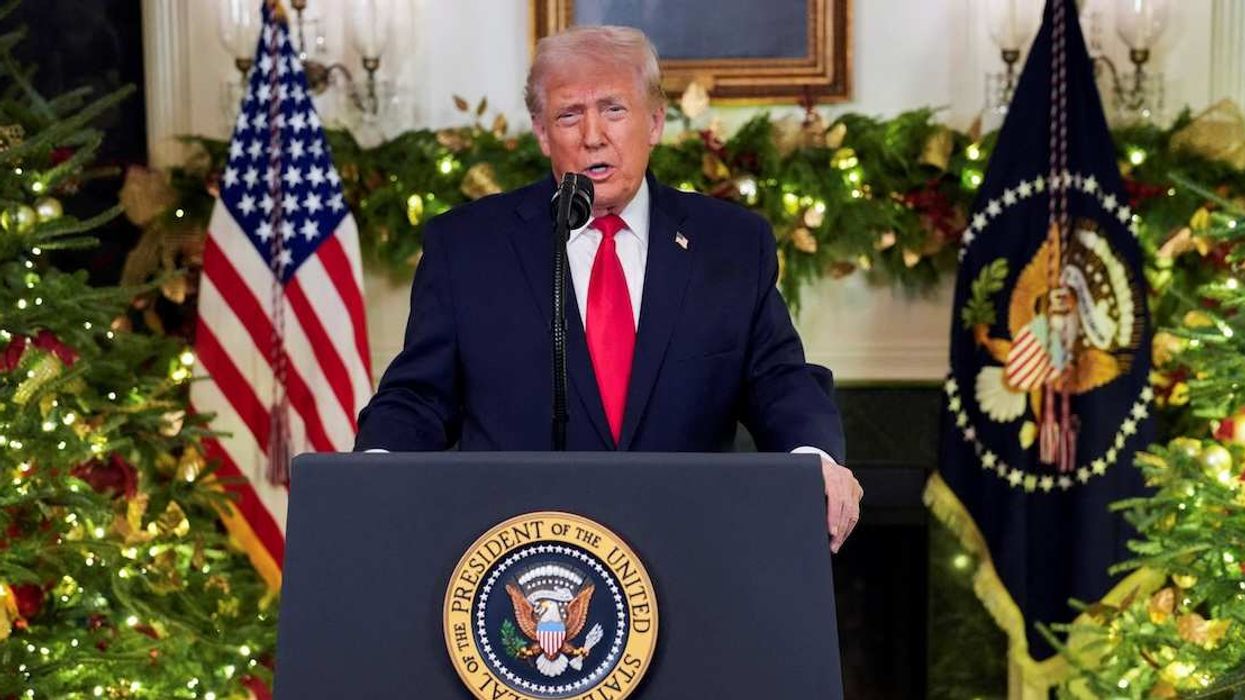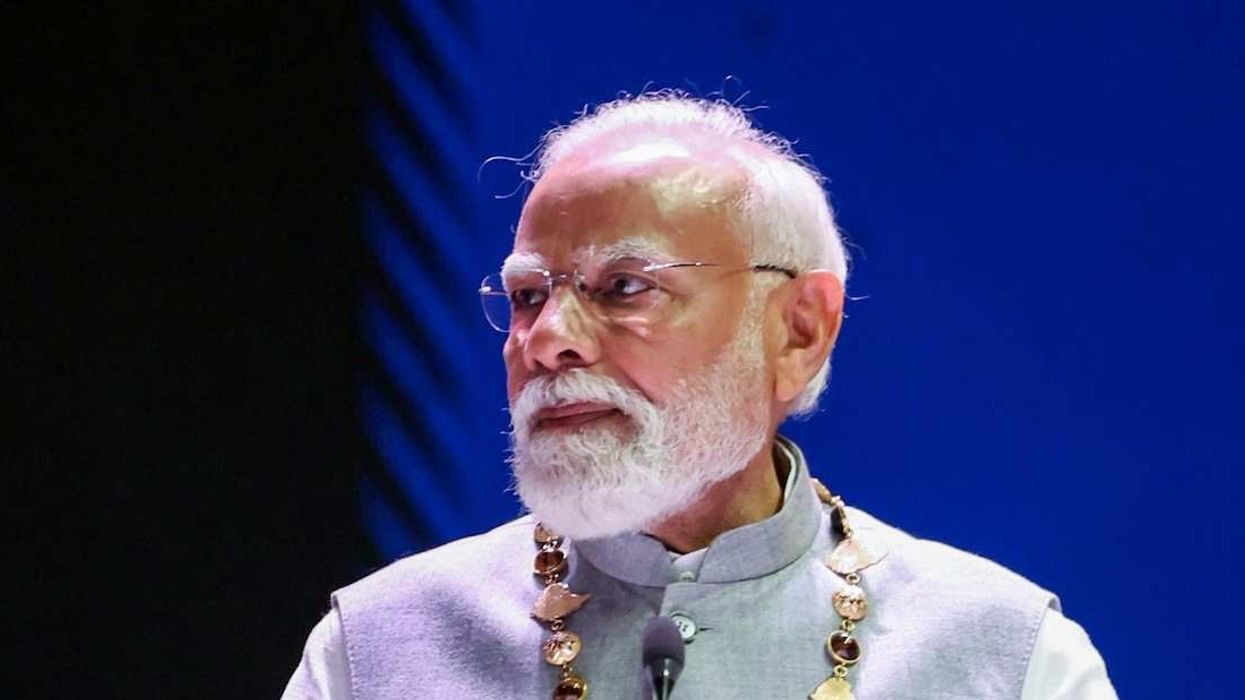Earlier this week, Indian Prime Minister Narendra Modi unveiled the world’s tallest statue in the northwest state of Gujarat. The “Statue of Unity,” which took 33 months to complete and cost more than $400 million, is a monument to Sardar Patel, one of India’s founding fathers. At 597 feet, it’s almost twice as tall as the US Statue of Liberty.
This feat couldn’t come at a more opportune moment for Mr. Modi—who’s gearing up for a re-election bid next year. He laid the first stone in the project as chief minister of Gujarat. With its completion, Prime Minister Modi is claiming a greater share in the country’s past and signaling his vision for its political future.
Here's Gabe Lipton with some color on the political significance of this monumental project…
A fight over history: It’s not unusual for politicians to reinterpret history to serve their goals. Modi’s challenge has always been to stake claim to the legacy of India’s independence in 1947 despite the reality that the leaders of the independence movement hailed from the party that now opposes him.
The construction of a statue of Patel, who served as the country’s first deputy prime minister, and Modi’s use of Gandhi’s signature wireframe glasses as the symbol for his “Clean India” program are both high-profile attempts to associate himself with India's most popular historical figures, even though they might have taken issue with his brand of religious-based nationalism.
A fight over identity: Ahead of elections next year, Modi is also looking to rally support around an identity-based vision of what it means to be a “real” Indian. In the figure of Patel, Modi spies a useful symbol. Patel, like Modi, came from humble origins. Unlike other leaders of India’s independence movement, he didn’t spend his formative years studying abroad in England or embrace leftist political beliefs.
Modi sees Patel as an ardent Hindu and nationalist, Carnegie Endowment scholar Milan Vashinav recently told me, a “true son of the soil.” But the opposition Congress party, of which Patel was a member, takes issue with Modi’s view and what it implies about the country’s direction. After a right-wing nationalist assassinated Gandhi, they point out, Patel outlawed the far-right group that gave birth to Modi’s BJP party.
A fight over the economy: The statue itself is also a sign of the mixed economic results of Modi's first term. When Modi was elected prime minister in 2014, he promised much-needed upgrades to India’s railways, roads, and rural infrastructure. He hasn’t delivered fully on that promise. Erecting the world’s largest statue is a useful way to burnish his credentials as a builder and dish out funds to a favorite locale.
The Congress party calls the project an “electoral stunt” with money that could have been spent to help the poor. Last year, Congress lost a tightly contested state election in Gujarat, where the "Statue of Unity" now stands. Modi’s case isn’t helped by the fact that a BJP-led state government elsewhere in India just started construction on an even larger statue that is expected to cost around $500 million.
India heads for elections next year as Sardar Patel looks on.
